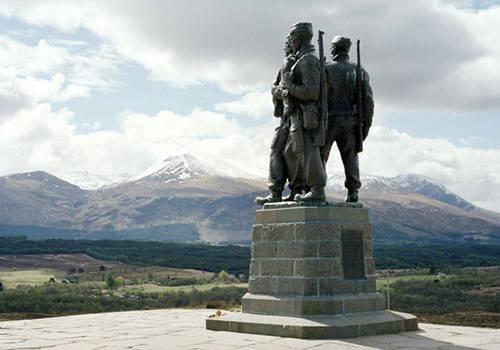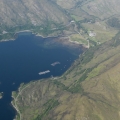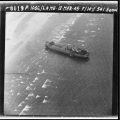Commando Country
During the Second World War, remote locations in western Scotland were chosen to serve as training areas for Allied units engaged in irregular warfare. A number of country houses and lodges in the Lochaber area were requisitioned in order to accommodate small teams of men and women selected to serve as agents in the Special Operations Executive (SOE). The remote location and mountainous terrain was also found to be ideal for training a new military unit, to be known as the commandos, for operations against the enemy-occupied coastline of Europe. Both organisations trained their personnel to be tough, self-reliant individuals, who could operate without support for extended periods.
Inverailort House
Inverailort was requisitioned by the War Ministry in 1940, to serve as a Special Training Centre for those selected to serve in irregular warfare units. The techniques of sabotage, demolition, unarmed combat and fieldcraft were taught here by experts in their respective fields. The site was handed over to the Royal Navy in 1942, when it became an officers training school known as HMS Lochailort.
This area was chosen for irregular warfare training for a number of reasons. It was remote, with rough terrain which would present trainees with a strenuous, physical challenge. There was only one road into the area, making it easy to control access but there was also a good rail link to the south, allowing transport of trainees and equipment to and from the area. The whole area was designated a controlled zone and the sparsely-distributed resident population required passes to move around.
|
|









